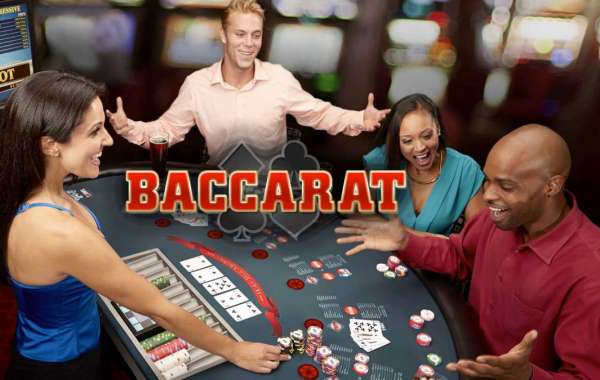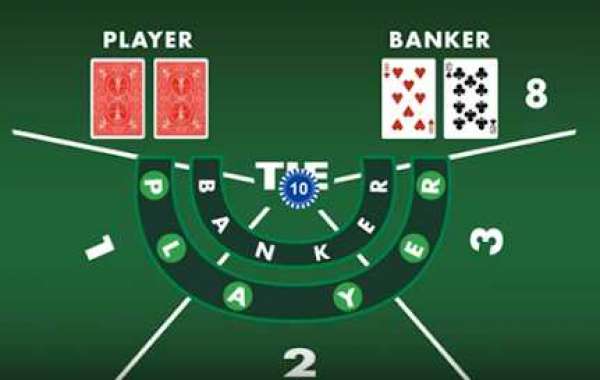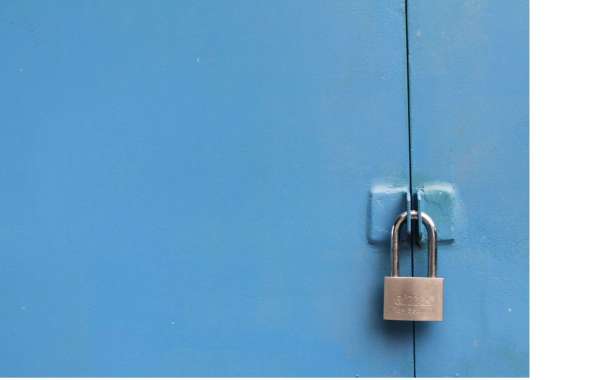In the realm of fundraising events, the walkathon fundraiser stands out as a dynamic and engaging way to generate support for various causes. This event not only encourages physical activity but also fosters a sense of community among participants. It serves as a platform for organizations to rally supporters while raising essential funds for their missions. As more individuals and groups seek innovative ways to connect and contribute, understanding how to effectively plan and execute a walkathon becomes increasingly important.
This article will explore the essential components of organizing a successful walkathon fundraiser, from initial planning stages to execution and follow-up. By delving into key strategies and considerations, organizations can maximize their impact and inspire both participation and donations.
The Significance of a Walkathon Fundraiser
Walkathons are not just events; they are experiences that unite individuals for a common cause. The beauty of a walkathon lies in its ability to draw participants from diverse backgrounds, bringing together families, friends, and community members. This inclusivity enhances the sense of camaraderie, making fundraising efforts feel more like a shared journey rather than a solitary endeavor.
Moreover, a walkathon fundraiser promotes health and wellness, encouraging participants to engage in physical activity while supporting a meaningful cause. This dual benefit makes the event appealing to a broader audience, as individuals often seek opportunities to contribute to their communities while also prioritizing their health. With rising awareness of health issues, such events resonate with those eager to make a difference while staying active.
Key Steps in Planning Your Walkathon Fundraiser
1. Establishing Clear Goals and Objectives
Before diving into the logistics of your walkathon, it is essential to establish clear goals and objectives. Determine how much money you aim to raise and outline how the funds will be used. Having quantifiable objectives not only motivates your team but also serves as a focal point for your promotional efforts. Communicate these goals to participants so they can understand the impact of their contributions.
2. Choosing the Right Location and Date
Selecting the right location and date for your walkathon is crucial. Consider venues that are accessible to a wide range of participants, such as parks, community centers, or school campuses. Ensure that the route is safe and manageable for walkers of all ages and abilities.
When choosing a date, think about potential conflicts with other local events or holidays that may affect attendance. Additionally, consider the weather conditions in your area during the planned time of year. A well-timed event can significantly enhance participation and overall experience.
3. Creating an Engaging Theme
A compelling theme can elevate the excitement surrounding your walkathon and encourage greater participation. Themes can be related to the cause you are supporting, seasonal events, or even fun concepts that resonate with your audience. For example, a health-focused organization might choose a “Healthy Heart Walk,” while a community group could opt for a “Walk for Unity” theme.
Incorporating a theme allows for creative marketing opportunities, from themed merchandise to social media campaigns. Engaging visuals and messaging can spark interest and encourage participants to share their involvement, ultimately broadening your reach.
Promoting Your Walkathon Fundraiser
1. Leveraging Social Media
In today's digital age, social media platforms are invaluable tools for promoting events. Create dedicated pages or hashtags for your walkathon and encourage participants to share their stories and motivations for joining. Utilize eye-catching graphics, videos, and updates to maintain engagement leading up to the event.
Consider running contests or challenges on social media to incentivize sharing and participation. This not only creates buzz but can also foster a sense of community among participants, enhancing the overall experience.
2. Engaging Local Media and Influencers
Reach out to local media outlets to cover your event. A press release detailing the purpose of your walkathon, its goals, and how community members can get involved can attract attention and support. Additionally, consider partnering with local influencers or community leaders who align with your cause. Their endorsement can lend credibility and encourage their followers to participate.
3. Establishing Partnerships
Collaborating with local businesses or organizations can significantly enhance your walkathon. Seek sponsorships or partnerships that can provide resources, such as refreshments, prizes, or promotional materials. In return, offer recognition at the event and in promotional materials, showcasing their support for your cause.
These partnerships not only strengthen your event but also create a sense of community collaboration, further encouraging participation.
Executing the Walkathon Fundraiser
1. Registration and Participant Engagement
Once the promotional phase has generated interest, ensure a smooth registration process for participants. Utilize online registration systems to simplify sign-ups and keep track of participants. Encourage registrants to set personal fundraising goals and provide them with tools and resources to share their campaigns with their networks.
Engage participants by sending regular updates leading up to the event, including personalized messages, training tips, and reminders about the event details. Keeping participants informed and excited can enhance their commitment to the cause.
2. Logistics and Support
On the day of the walkathon, ensure that logistics are well organized. Set up registration tables, provide clear signage along the route, and have volunteers available for assistance. Ensure there are water stations and rest areas for participants to utilize during the event.
Safety should be a top priority, so consider having medical staff on site and informing participants of safety measures. A well-organized event will enhance the overall experience and encourage participants to return for future fundraisers.
Post-Event Follow-Up
1. Acknowledging Participants and Supporters
After the walkathon, express gratitude to all participants, volunteers, and sponsors. Send personalized thank-you messages, acknowledging their contributions and support. Highlight the impact of the funds raised and how they will benefit the cause, reinforcing the importance of their participation.
2. Sharing Success Stories
Share the success of your walkathon through various channels, including social media, newsletters, and local media outlets. Highlight stories of participants and beneficiaries, showcasing how the funds will make a difference. This not only celebrates the success of the event but also lays the groundwork for future fundraising efforts.
Conclusion: Making a Difference with MyEvent.com
In conclusion, organizing a successful walkathon fundraiser requires careful planning, effective promotion, and strong community engagement. By establishing clear goals, creating an engaging theme, and leveraging online platforms, organizations can inspire action and participation. The benefits of a walkathon extend beyond just fundraising; they foster a sense of community and promote wellness among participants. For those looking to streamline their event planning and maximize their impact, MyEvent.com offers the tools and resources necessary to bring your fundraising vision to life. Embrace the opportunity to create meaningful change and connect with your community through the power of a walkathon.







